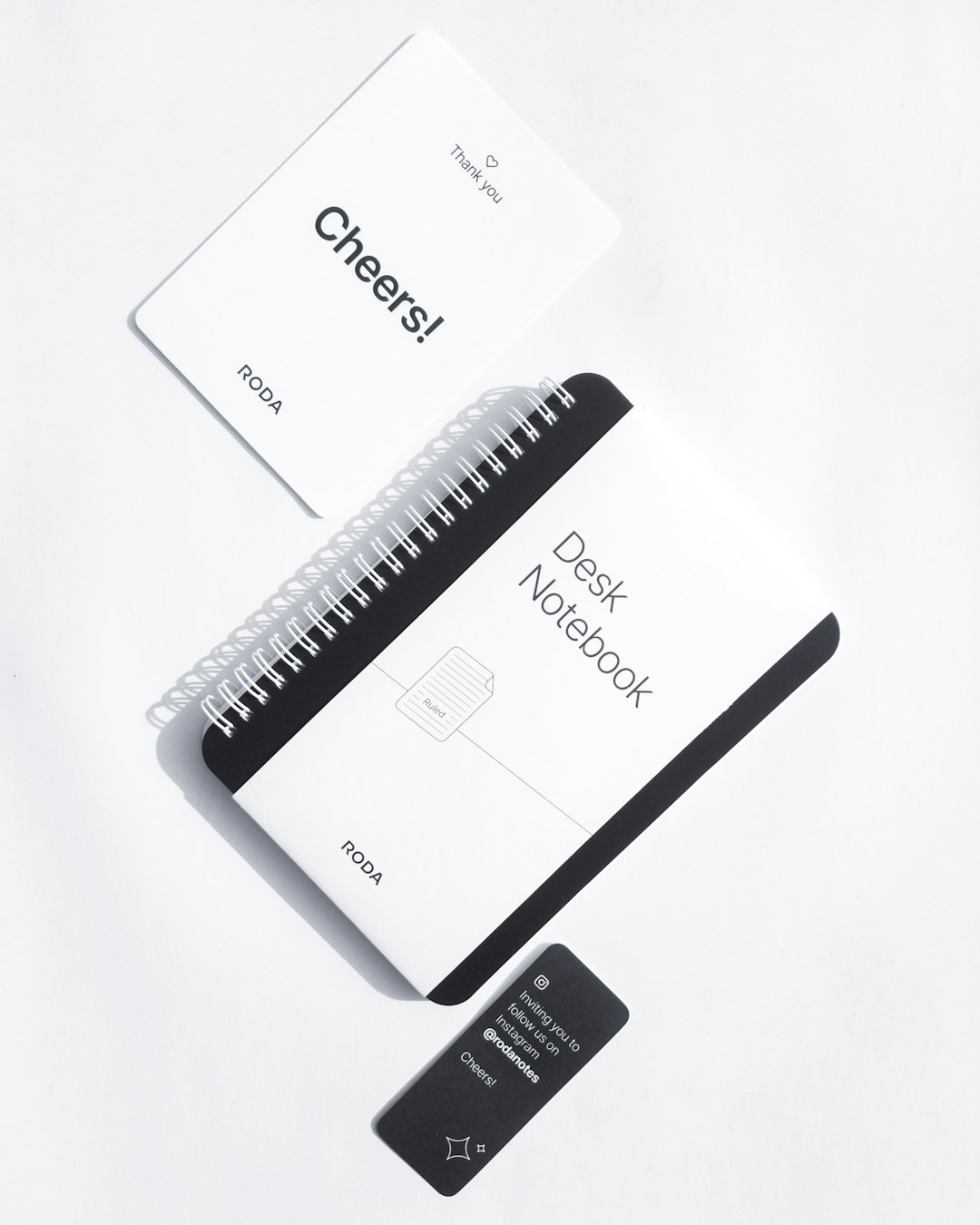Running an online store with WooCommerce? Then you already know your checkout page is where the magic — or the mayhem — happens. Even small friction points during checkout can lead to lost sales. The good news? There are simple, proven methods to streamline the process without causing disruptions to your site or overwhelming your users.
In this guide, we’ll explore 12 proven WooCommerce checkout optimization tweaks that can dramatically boost your conversion rates. These changes are backed by user behavior studies and e-commerce performance data.
1. Reduce the Number of Checkout Fields
Each additional form field your customers encounter can spike the chance of cart abandonment. WooCommerce’s default checkout includes more fields than necessary. Use plugins like Checkout Field Editor to remove optional fields like Company Name or Order Notes.
Keep it lean. Only ask for what’s absolutely essential to complete the order.
2. Enable Guest Checkout
Forcing users to create an account before buying is a sure-fire way to kill conversions. Allow guest checkout in your WooCommerce settings so that users can finish a purchase without registration.
3. Improve Checkout Page Design
A cluttered, jarring checkout page can scare off even the most motivated shopper. Maintain a clean, distraction-free layout with plenty of white space. Remove unnecessary headers, sidebars, and footers that pull attention away from converting.

4. Display Trust Signals
Security is top-of-mind for online shoppers. Assure customers you’re legit by showing trust badges, SSL certifications, and accepted payment logos (e.g., Visa, PayPal, Apple Pay) prominently near the payment button.
- Use an SSL certificate and show a padlock icon.
- Add well-recognized trust logos approved by payment gateways.
- Mention security policies briefly, like “100% secure checkout”.
5. Offer Multiple Payment Methods
Having only one or two payment options can alienate a segment of your audience. At a minimum, you should offer:
- Credit and debit cards
- PayPal
- Apple Pay/Google Pay
- Buy now, pay later services like Klarna or Afterpay
The broader your payment range, the more accessible your store becomes.
6. Use Autofill and Address Autocomplete
Typing a full address is tedious. Integrate Google Maps API to enable address autocomplete, helping shoppers fill in their information faster. Autofill should be enabled by default based on browser behaviors, but ensure your forms are correctly labeled for compatibility.
7. Highlight Return and Shipping Policies Clearly
If your customers have to search for return information or delivery times during checkout, they’re more likely to bounce. Provide a quick-access accordion or lightbox popup with key logistics details like:
- Estimated delivery time
- Return window and process
- Shipping fees and options
This builds customer confidence and removes uncertainty before the final click.
8. Incorporate a Progress Indicator
Shoppers want to know how far along they are in the purchase journey. A simple progress bar or step counter (like “Step 2 of 3”) reassures them and encourages follow-through. Plugins like CheckoutWC offer this visual coaching tool.
9. Make Mobile Optimization a Priority
With over 60% of e-commerce transactions taking place on mobile devices, your checkout experience must be seamless on small screens. Prioritize:
- Large, tappable buttons
- Collapsible sections to reduce scrolling
- Keyboard-optimized form inputs (e.g., number keyboard for phone or zip code)

10. Add Exit-Intent Pop-Ups or Save Cart Feature
If someone tries to leave mid-checkout, capture their attention before they’re gone. Use an exit-intent pop-up offering a discount or reminding them of what’s in their cart. Alternatively, allow customers to save their cart and email it to themselves to complete later.
11. Pre-select Options & Use Smart Defaults
A great user experience often means users don’t need to make unnecessary choices. Pre-fill or pre-select the most common shipping and payment methods. Smart defaults reduce cognitive load and help users glide right through checkout.
Be cautious, though — always allow easy changes for those who wish to select something different.
12. A/B Test Continuously
No two audiences are the same. While these recommendations are proven, you’ll only know what works best for your users through A/B testing. Test elements such as:
- Button color and text
- Field order and labeling
- Placement of coupon forms
- One-page vs. multi-step checkout
Use tools like Google Optimize or WooCommerce-compatible plugins to run split tests without disrupting your main experience.
Final Thoughts
Optimizing your WooCommerce checkout shouldn’t require a complete overhaul. Just a few informed tweaks can drastically reduce friction and improve your conversion rate. From simplifying the form layout to enabling guest checkout, every small change contributes to a smoother user experience.
In today’s competitive e-commerce landscape, the key to winning more sales lies in removing barriers—not erecting new ones. Evaluate your current checkout flow, run tests, and implement these suggestions one step at a time. Your future conversions—and customers—will thank you for it.